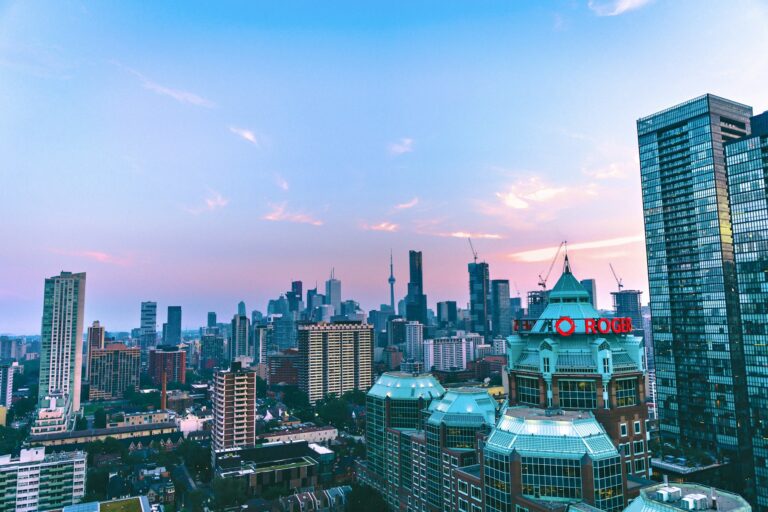Canada’s population just had its slowest quarter since people were physically restricted from moving here. Statistics Canada (Stat Can) data shows a sharp slowdown for population growth estimates in Q1 2025. The slowdown is intentional as the country walks back recent growth that saw non-permanent residents represent 1 in 14 people in the country, double the share just four years prior.
Canada’s Population Growth Slowed, But You May Not Notice
Canada’s population is still growing but not much. The latest data estimates the country had 41.53 million people on January 1st, rising just 0.2% (+63,382) in Q1 2025. Quarterly growth was less than a fifth of the peak in Q3 2023, and the lowest since Q4 2020—back when border controls physically restricted the volume.
That’s going to be a big difference but those who may not have noticed are forgiven. Annual growth fell to 1.8% in the last quarter, coming down from a peak of 3.2% in Q2. Now at the lowest level since 2022, but prior to 2020 one has to go back 31 years to see a comparable rate. It’s expected to fall further in the coming months but we have yet to hear the new administration’s feelings on the decisions to throttle growth.
Over 1 In 14 People In Canada Are Non-Permanent Residents
Non-permanent residents as a share of Canada’s total population.
Source: Statistics Canada; Better Dwelling.
Canada’s recent population boom was largely based on non-permanent residents. These are people who arrive in Canada with short-term approval that aren’t necessarily going to stay, such as students and temporary workers. This group actually fell by 28.3k people, the largest drop since 2020—back to that physical border restriction. Otherwise the population typically churns, with more new temporary residents arriving than leaving.
Once again, this is relatively small in contrast to the wild scale up in recent years. The non-permanent population remains at roughly 3 million people, up 10.7% (+291.2k people) from a year prior. That’s a sharp taper from peak annual growth of over 47% in 2023, but it’s also more than double (+122%) since the 2021 boondoggle began.
Growing this demographic much faster than the generic population led to big changes that won’t unwind easily. Back in 2021, non-permanent residents represented roughly 1 in 29 people (3.4%) of the population. Last quarter, non-permanent residents barely budged at roughly 1 in 14 people, about 7.3% of the population—more than double less than five years prior.
For better or worse, forcing that level of growth resulted in a major restructuring of the economy. After realizing that growth was destabilizing to many households, policymakers are trying to convince people things can return to normal. However, that would require an equally sharp restructuring of the economy in the other direction. Not exactly a decision that many policymakers would publicly endorse.
